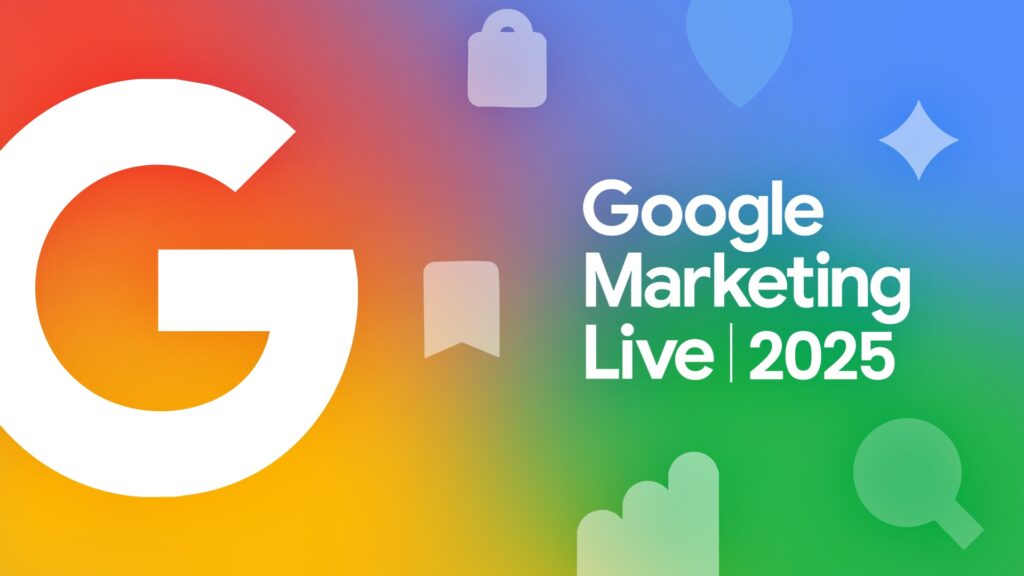
How To Manage Ad Spend During the 2024 Election Season

As we approach the 2024 election season, many marketers are concerned about the potential impact of political advertising on their campaigns. Will the influx of political ad spend inflate costs for non-political advertisers? Are audiences even paying attention to ads ahead of the election? Let’s dive into the data and separate fact from fiction.
The Big Picture: Political Ad Spend in Context
Recent data from The Trade Desk provides valuable insights into the realities of political ad spend:
1. Overall Impact: Political ad buys in 2024 will account for just 3.1% of total U.S. media spend. These buys are also short-term, peaking in October. This suggests that the impact on the broader advertising landscape may be less significant than many fear.
2. Channel Distribution: The majority of political budgets are allocated to traditional channels:
- Over 75% of political ad spend in 2024 has been directed to broadcast and cable TV.
- Other popular channels include social media and radio.
3. Geographic Concentration: Political ad spend is not evenly distributed across the country:
- Three-fifths of political ad buys are at the state level.
- Among presidential campaigns, 76% of ad spend is concentrated in just six swing states: Arizona, Georgia, Michigan, Nevada, Pennsylvania and Wisconsin.
4. Historical CPM Trends: Looking at previous election cycles, we see that:
- The highest average quarterly CPMs for political CTV ads didn’t occur in Q4 when political spending was most active.
- The average monthly CPM range for the entire year varied by just $2.
What This Means for Advertisers
1. Limited Overall Impact: Most advertisers should feel minimal effects from the influx of political ad spend.
2. Localized Effects: Brands running local media buys in competitive swing states may see a rise in CPMs across social and traditional media, presenting a prime opportunity to test ads on newer platforms like DOOH, audio, display and OLV.
3. Q4 Considerations: The Q4 holiday season will likely have a more significant impact on CPMs than the election season.
4. Audience Targeting: The demographic targeting used by most brands often differs from that of political campaigns, reducing direct competition for ad inventory.
Consumer Perceptions and Opportunities
Recent research from iSpot reveals some surprising insights about consumer attitudes toward advertising during election seasons:
- While 23% of Americans report being annoyed by political ads, this annoyance doesn’t generally extend to brand advertisements.
- Only 15% reported increased annoyance with all ads during political campaigns.
- 10% said they trust brand messaging less when political ads are present.
Most interestingly, 37% of respondents reported that the presence of political ads actually makes them pay more attention to other advertisements they see. This suggests a potential opportunity for brands to capture more audience attention during the election season.
Strategies for Success
1. Stay Agile: Monitor CPMs in your key markets and be prepared to adjust strategies if needed, especially in swing states.
2. Leverage Different Channels: Consider diversifying your media mix to include channels less impacted by political ad spend.
3. Refine Targeting: Focus on audience segments that are less likely to overlap with political campaign targets.
4. Create Standout Content: With increased consumer attention during political seasons, invest in creative that cuts through the noise and resonates with your audience.
5. Plan Ahead: If you’re concerned about potential CPM increases, consider securing ad inventory early, especially for Q4 campaigns.
By understanding the realities of political ad spend and its impact on the broader advertising landscape, marketers can navigate the 2024 election season with confidence. While there may be some localized effects in key battleground states, the overall impact on most advertising campaigns is likely to be minimal. With the right strategy and approach, the election season can even present unique opportunities for brands to capture consumer attention and drive meaningful engagement.
Keep Reading
Discover What Drives Results

